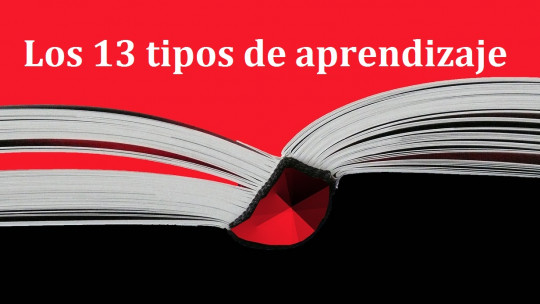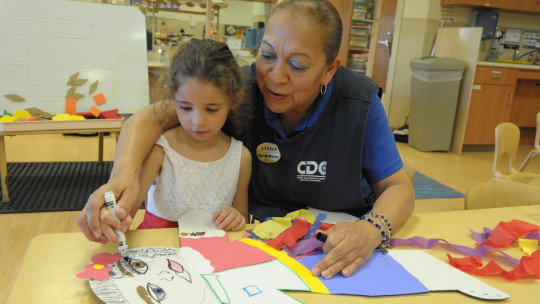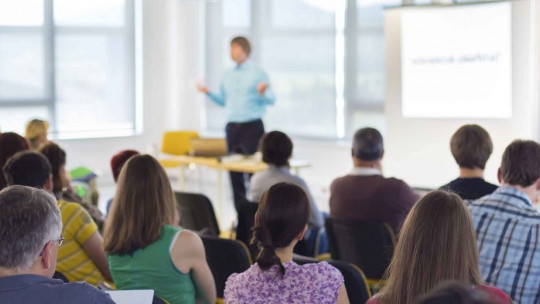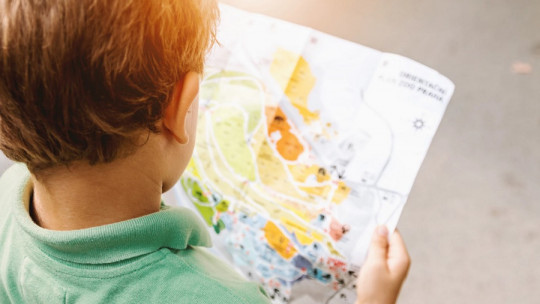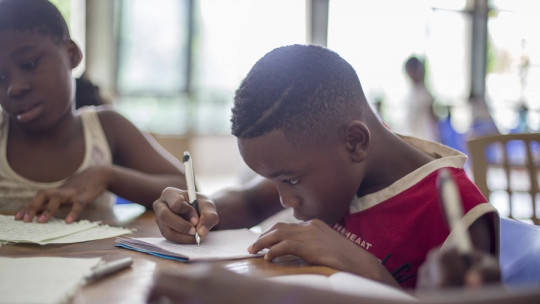Some people think there is only one way to learn.
Surely, many of us, when we think about learning, imagine someone studying or learning by heart. However, There are different types of learning with very different characteristics from each other In today’s article, we will review and explain them.
Psychology and learning
Learning refers to the acquisition of knowledge, skills, values and attitudes and human beings could not adapt to changes if it were not for this process.
Psychology has been interested in this phenomenon for several decades and there are many authors who have contributed valuable knowledge about what this learning is and how it is constructed. Ivan Pavlov, John Watson or Albert Bandura are clear examples of this marked interest.
If you are interested in knowing more about the contribution of psychology to learning, we recommend reading the following articles:
The different types of learning
Over the years, the studies of many of these researchers have allowed us to decipher how our memory works and how observation or experience influences when it comes to building knowledge and changing our way of acting.
But, What ways of learning exist? What kinds of learning are there? Below we explain it to you.
1. Implicit learning
Implicit learning refers to a type of learning that is generally non-intentional learning and where the learner is not aware of what is being learned.
The result of this learning is the automatic execution of a motor behavior. The truth is that many of the things we learn happen without realizing it, for example, talking or walking. Implicit learning was the first to exist and was key to our survival. We are always learning without realizing it.
2. Explicit learning
Explicit learning is characterized because the learner has the intention to learn and is aware of what he or she is learning
For example, this type of learning allows us to acquire information about people, places and objects. That is why this way of learning requires sustained and selective attention from the most evolved area of our brain, that is, it requires the activation of the prefrontal lobes.
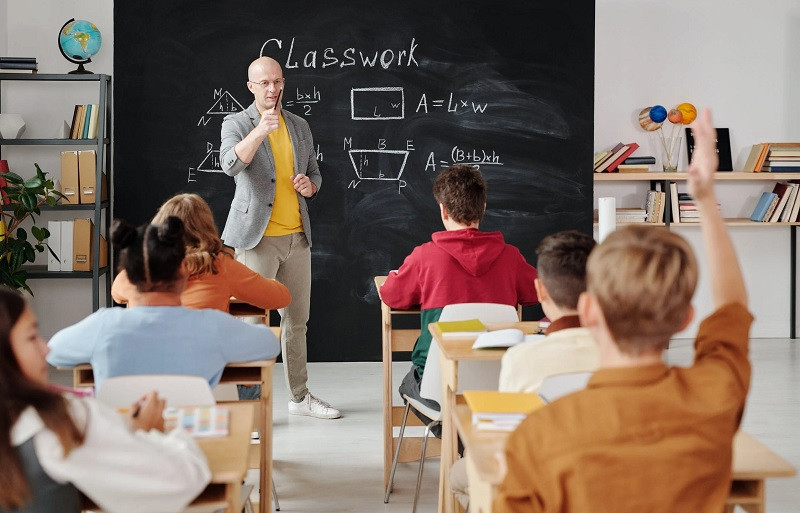
3. Associative learning
This is a process by which an individual learns the association between two stimuli or a stimulus and a behavior One of the great theorists of this type of learning was Ivan Pavlov, who dedicated part of his life to the study of classical conditioning, a type of associative learning.
4. Non-associative learning (habituation and sensitization)
Non-associative learning is a type of learning that is based on a change in our response to a stimulus that is presented continuously and repeatedly For example. When someone lives near a nightclub, they may initially be bothered by the noise. Over time, after prolonged exposure to this stimulus, you will not notice the noise pollution, as you will have become accustomed to the noise.
Within non-associative learning we find two phenomena: habituation and the sensitization.
5. Meaningful learning
This type of learning is characterized because the individual collects information, selects it, organizes it, and establishes relationships with the knowledge he or she previously had In other words, it is when a person relates new information with what he already has.
6. Cooperative learning
Cooperative learning is a type of learning that allows each student to learn not alone, but together with their classmates It is a type of learning widely used in educational centers, because it is a relatively simple way of proposing objectives and mobilizing students to get involved in their achievement by encouraging each other and being in contact with other points of view.
Therefore, it usually takes place in the classrooms of many educational centers, and groups of students usually do not exceed five members. The teacher is the one who forms the groups and who guides them, directing the performance and distributing roles and functions.
7. Collaborative learning
Collaborative learning is similar to cooperative learning. Now, the first differs from the second in the degree of freedom with which the groups are constituted and function.
In this type of learning, It is the teachers or educators who propose a topic or problem and the students decide how to approach it , forming the groups according to their specific objectives and needs. For example, they may decide to separate themselves into groups specialized in specific tasks to, in a second stage, share what they have done and present their findings or achievements to others.
8. Emotional learning
Emotional learning means learning to know and manage emotions more efficiently This learning provides many benefits on a mental and psychological level, as it positively influences our well-being, improves interpersonal relationships, promotes personal development and empowers us.
- Recommended article: “The 10 benefits of emotional intelligence”
9. Observational learning
This type of learning is also known as vicarious learning, through imitation or modeling and is based on a social situation in which at least two individuals participate: the model (the person from whom it is learned) and the subject who observes said behavior, and learns it.
10. Experiential learning
Experiential learning is learning that occurs as a result of experience As its name indicates.
This is a very powerful way to learn. In fact, when we talk about learning from mistakes, we are referring to the learning produced by one’s own experience. Now, the experience can have different consequences for each individual, since not everyone will perceive the facts in the same way. What takes us from simple experience to learning is self-reflection.
- Recommended article: “Personal Development: 5 reasons for self-reflection”
11. Discovery learning
This learning refers to active learning , in which the person, instead of learning the content passively, discovers, relates and reorders the concepts to adapt them to their cognitive scheme. One of the great theorists of this type of learning is Jerome Bruner.
12. Rote learning
Rote learning means learning and fixing different concepts in memory without understanding what they mean , so it does not carry out a signification process. It is a type of learning that is carried out as a mechanical and repetitive action.
13. Responsive learning
With this type of learning called receptive learning, the person receives the content that they have to internalize
It is a type of imposed, passive learning. In the classroom it occurs when the student, especially due to the teacher’s explanation, the printed material or the audiovisual information, only needs to understand the content to be able to reproduce it.

